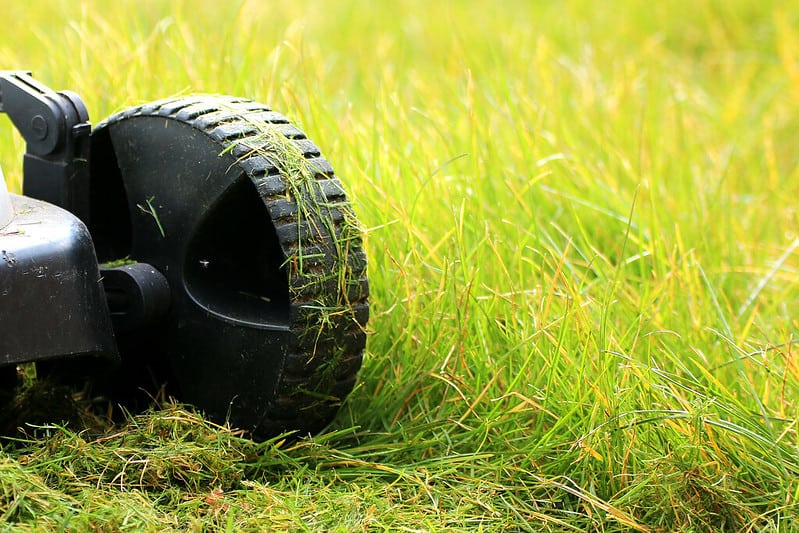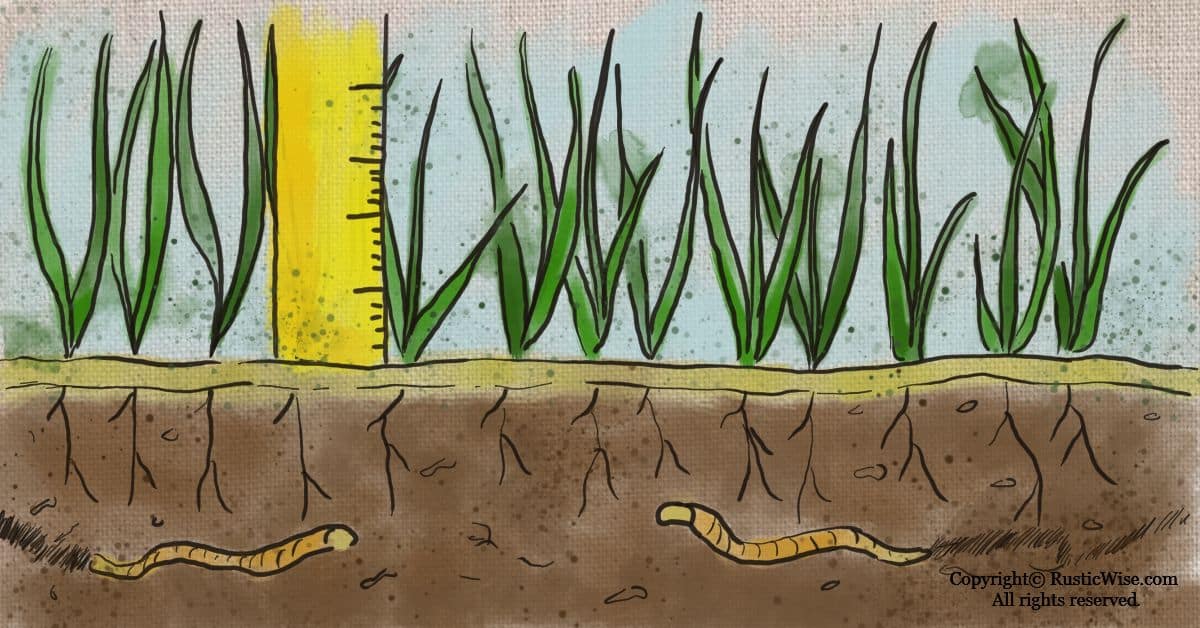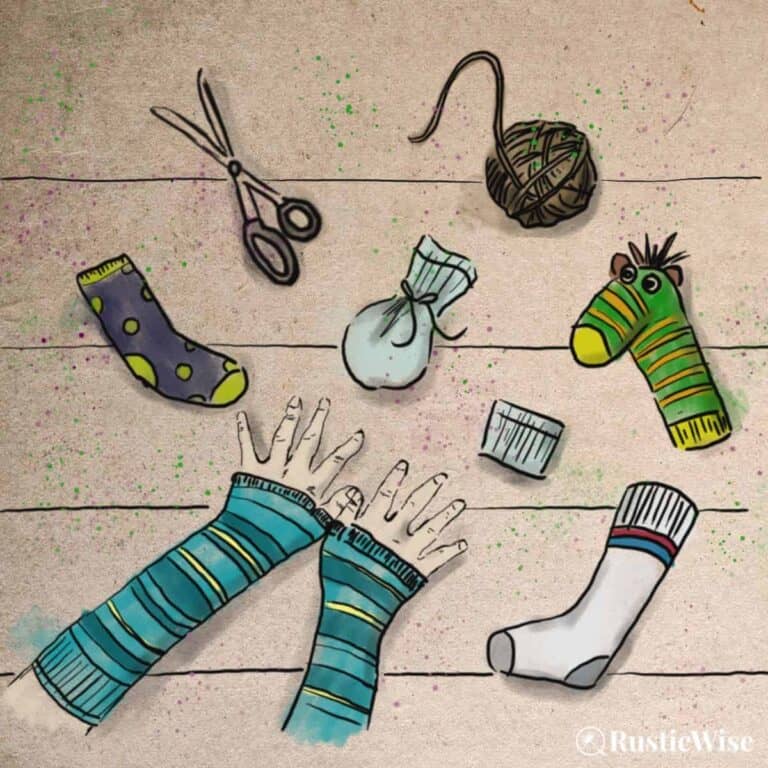When Do You Cut New Grass and 6 Spring Lawncare Tips
The sun is shining, the birds are chirping, but instead of enjoying the great outdoors, you’re wondering when do you cut new grass? Whether you’ve just laid down a new layer of sod or have recently seeded grass, you’ll want to ensure you take the proper precautions before cutting new grass. Newly seeded grass is much more fragile than established lawn and requires a bit of extra care.
And for those of you with established lawns, we’ll also go over when the best time to cut grass is in spring along with a few lawncare tips.
By following a few basic lawncare guidelines and with regular maintenance, you’ll enjoy a lush lawn throughout the spring and summer months.
When do you cut new grass?
Whether your entire lawn is new, you’ve overseeded your lawn, or you have just a patch or two of new grass, you’ll want to give it time to properly take root and reach mowing height. Mowing new grass prematurely can damage your lawn and rip up fragile new blades of grass.
So, what is the proper mowing height? Some lawncare experts recommend waiting until grass seedlings reach a minimum grass height of between 2.5-3.5 inches (6.4-8.9 centimeters). However, if you have particularly delicate grass seedlings, others recommend waiting until grass blades reach a height of 3-4 inches (7.6-10.2 centimeters) before mowing.¹
Tip: For newly seeded grass, it can take between six and eight weeks after seeds have germinated to reach mowing height. Be patient and avoid treading on the new grass.
What about new sod?
The general guideline is to wait at least two weeks after sod is installed before mowing. If you have new sod, it’s ready to be mowed once it has taken root and reaches mowing height.²
How can you tell it’s taken root? Just gently pull out a small handful of grass. If you feel resistance, it means a root system has been established and you’re ready to break out your lawnmower if your new grass has reached the minimum height.
Tip: Avoid mowing new sod after a heavy rain, or if it’s soggy. Wait until the ground has firmed up and is dry. To avoid damaging and making indentations on new sod, use a lightweight mower to tread delicately on the new sod.
Mowing new lawns: 6 tips and best practices
Unlike already established lawns, new lawns require some extra TLC.

Here are a few tips and best practices to help you keep your new grass healthy and looking its best:
Tip 1
Sharp and clean blades only, please: With new grass, it’s especially important to use clean, sharp mowing blades for that first mow. This ensures a clean cut without unnecessary ripping or tearing new grass.
Tip 2
No more than one-third off: A common lawnmowing mistake many people make is to take too much off at one time. A good rule of thumb is to take no more than one-third of the height off each time you mow. This prevents the grass from “shock.” If you have longer grass, you may need to mow in several sessions (waiting two or three days between each session) until your lawn is the appropriate length. Lawns that are cut too short make it easier for weeds and pests to make a home, and dry out more quickly.
Tip 3
Maintain a minimum height: So, what is a good height for grass to be kept at? Keeping the grass height between 2-3 inches (5.1-7.6 centimeters) is a good rule of thumb.
Tip 4
Wait until it’s dry: Avoid cutting new grass right after it has rained, or if it’s damp. Wait at least two days after a rainfall, or a watering session before mowing. This allows for a better, cleaner cut.
Tip 5
Easy does it: The first time you cut new grass, tread gently, especially as you make your turns to avoid pinching or pulling out your precious new grass.
Tip 6
Mow in different directions: Keep your lawnmower moving in different directions when cutting newly grown grass. This allows the grass to stay upright, ensures a more even cut, and prevents the mowing blades from digging into the soil.
Mowing established lawns: first mow of the spring season
Have an already established lawn? While the weather varies from region to region, you can typically dust off your lawnmower and sharpen the blades sometime in the first few weeks of April for the first mow.
And just like new grass, established lawns would also benefit from the rule of one-third (not cutting more than this each time), plus keeping grass blades at a minimum height of 2-3 inches.
Tip: Set your lawnmower height ½ inch lower than normal for the first mow of the season. This allows the blades to break up small debris such as leaves during the first pass. Afterwards, remember to set it back to normal to allow at least 2-3 inches in height.³
Before you mow the lawn, make sure you’ve done a few spring lawn chores first.
Checklist of things to do before your first springtime mow:
- Tidy up: Before you mow for the first time, do a quick tidy up around your yard. Pick up any fallen branches, twigs, and other large debris that may impede your lawnmower blades.
- Water grass: There’s no need to rush into watering grass once the weather warms up. Letting it get a bit dry first actually helps the roots grow deeper. A good trick to tell if your lawn needs watering is if it doesn’t spring back up after you’ve walked upon it. Let two days or so pass after watering your lawn before mowing.
- Fill in bare patches: Spring is the perfect time to fill in any bare spots you may have on your lawn with fresh grass seedlings. Make sure they are the right height before mowing.
- Get your lawnmower ready: Now it’s time to ensure your lawnmower is up to snuff. You can get it serviced to check the starter, spark plug, belts, and ensure the blades are freshly sharpened.
Now you’re ready to do your first mow of the season!
A note about watering your lawn after mowing
You don’t necessarily need to water your lawn immediately after mowing—only if it’s dry. The best time to water your lawn is early in the morning (when it’s not too hot) to allow the roots to fully absorb the water. Watering in the afternoon often results in the midday sun evaporating the water too quickly. Watering later in the evening increases the risk of fungal issues as grass doesn’t get a chance to dry completely.
For the sake of butterflies and critters…
One thing that’s often overlooked is how longer grass attracts wildlife such as invertebrates, butterflies and other pollinators, and provides shelter.⁴ While nobody wants an unkempt lawn, you may want to consider keeping a portion of your yard “wild.”
This can be a small corner of your yard with some wildflowers thrown in, or edging along a fence. Not only will this save you some time from mowing it, the small creatures will thank you for it.
👉 Interested in learning more Timeless Skills? See our Collection of Timeless Skills. ✨
Would you like more timeless tips via email?
Fun tips to help you live an independent, self-sustaining lifestyle. Opt-out at any time.


References
- Scotts, Best Ways to Grow Newly Planted Grass, https://www.scotts.com/en-us/library/grass-grass-seed/best-ways-grow-newly-planted-grass. Accessed September 2020.
- Crabgrass lawn, When to Mow New Sod: Best Guide on How Long to Wait, https://www.crabgrasslawn.com/when-to-mow-new-sod/. Accessed September 2020.
- Gilmour, 7 Spring Lawn Care Tips for the DIY Gardener, https://www.gilmour.com/spring-lawn-care-tips. Accessed September 2020.
- Natural History Museum, How to grow a lawn that’s better for wildlife, https://www.nhm.ac.uk/discover/how-to-grow-a-better-lawn-for-wildlife.html. Accessed September 2020.

Author: Josh Tesolin
Josh is co-founder of RusticWise. When he’s not tinkering in the garden, or fixing something around the house, you can find him working on a vast array of random side projects.









